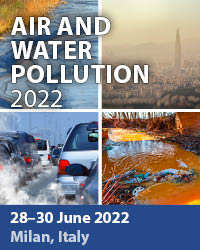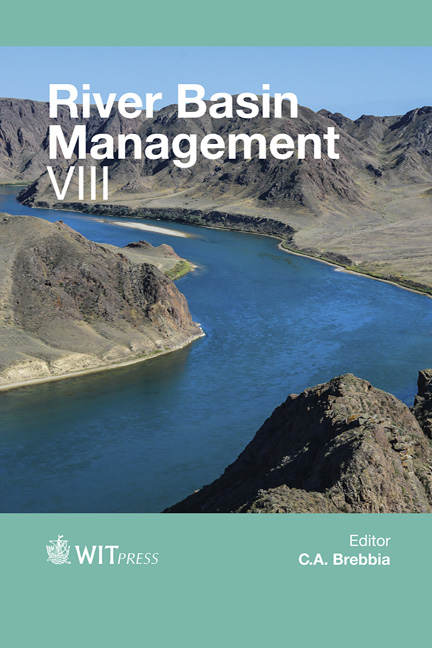Hydrology Of Arctic Rivers
Price
Free (open access)
Transaction
Volume
197
Pages
10
Page Range
225 - 234
Published
2015
Size
1,223 kb
Paper DOI
10.2495/RM150201
Copyright
WIT Press
Author(s)
O. T. Gudmestad
Abstract
Several of the rivers in the Arctic possess distinct features as many of them are running northwards complicating the flow during the ice break up season. This causes severe flooding of large areas and damages to the built environment. Strategies to ensure the flow of the ice to avoid flooding of huge areas due to ice dams are discussed.
The global warming increases the challenges related to the hydrology of the Arctic rivers as the warming temperature will lead to increased erosion of the riverbank with increased transport of mud, accumulation of materials on the riverbed and near the river outlet with associated problems to navigate the rivers, in particular near the sea. This will call for increased dredging to keep the rivers navigable.
The increased erosion caused by the melting of permafrost also makes river crossings more challenging as supports for bridges and pipeline crossings are being undermined by the melting riverbanks. Technical solutions are discussed.
Finally, a discussion of how the use of the rivers during the winter will be threatened by a warming climate is included, as the length of the ice season when ice roads can be used will be reduced.
Keywords
river ice, ice breakup, erosion, sediment transport, flooding





